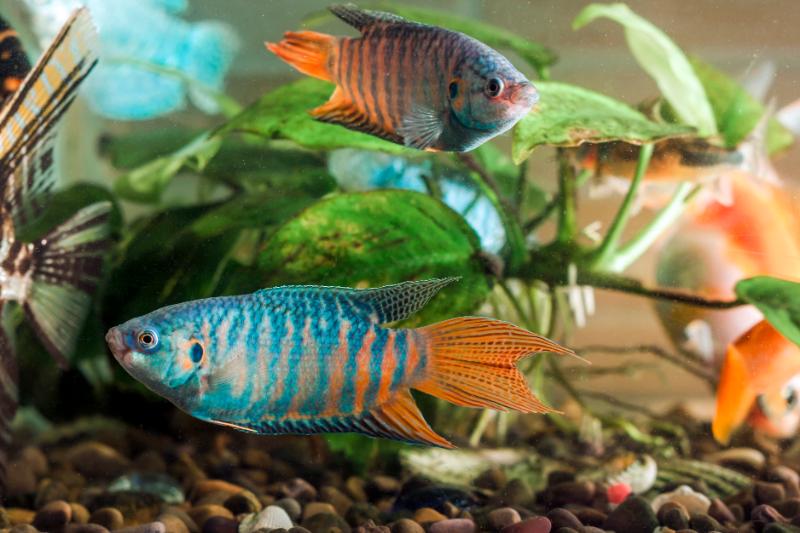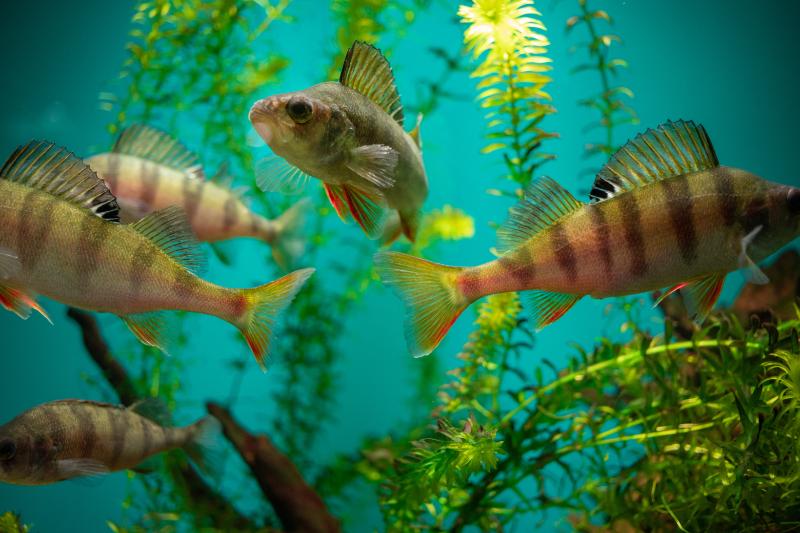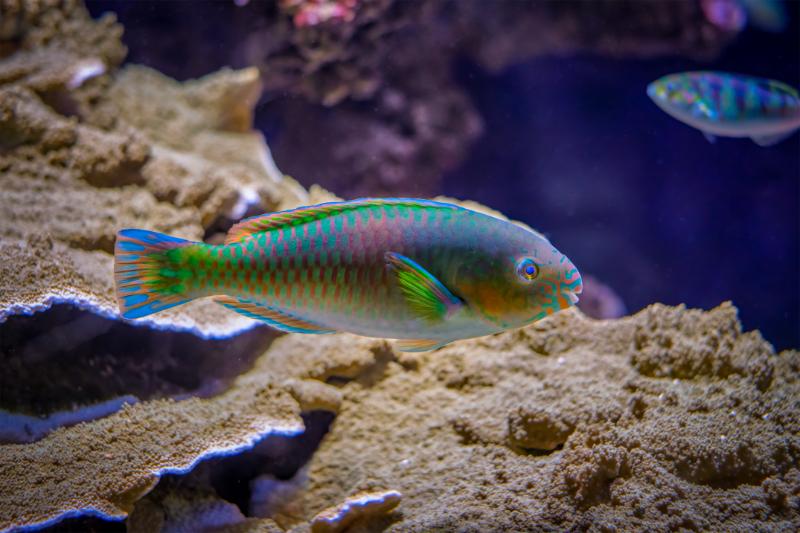Meet the Odessa Barb – an elegant and fascinating addition to any aquarium. This aquatic sensation, related to the Rosy Barb and the Cherry Barb, might be less popular but it’s every bit as captivating. Originating from clear, shallow freshwater bodies in Asia, these gems are worth the effort to acquire.
The Unique Habitat of the Odessa Barb

This shimmering swimmer belongs predominantly to the fresh water bodies from Thailand to the Himalayas, coloring the waters of China, Bhutan, Nepal, Bangladesh, and several more. Their preferred dwelling is the marginal water of rivers and streams with muddy bottoms, where they fancy browsing around close to the substrate.
Alluring Appearance of the Odessa Barb

Maturing to a modest length of three inches, with rare instances of up to four inches, their gender is distinguishable by the body structure. Males tend to be slimmer than the females. These petite fish are festooned with two petite black spots on their sides. The males’ vibrant red banding becomes especially eye-catching during the breeding season – a remarkable spectacle for any fish aficionado.
Feeding Time – A Variety for the Odessa Barb

In the wild, these omnivorous beings feast on:
- Plankton
- Crustaceans
- Insects
In aquarium life, a healthy, stress-free Odessa Barb happily eats what you serve, be it high-quality granules, tropical flake food or occasional treats such as shrimp and worms.
The Ideal Aquarium Setup for the Odessa Barb

Being sociable creatures, Odessa Barb should be kept in company, preferably groups of five or more. Solitude can induce stress, leading to a weakened immune system and increased vulnerability to illnesses. They thrive in larger tanks, enriched with a well-planted setup and ample swimming space. An interesting trait of the Odessa Barb is their preference for cooler waters, making them the perfect inhabitants for unheated aquariums.
Reproduction Habits of Odessa Barbs

Beginners, hold your breath – the prolific Odessa Barb can rapidly increase their population! The typical female scatters around 150 eggs in the water. Within 24 hours, the eggs hatch, and the fry starts swimming in a day.
To breed these endearing swimmers successfully, you need an aquarium abundant with plants as they lay their eggs amidst them. They’re not fussy about their young, so to ensure the fry’s safety, either set up a separate tank for the fry, or amp up your plant game.